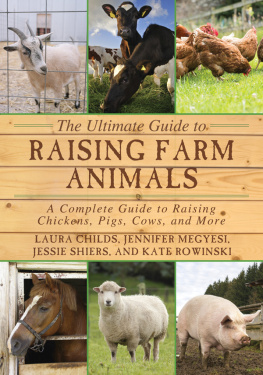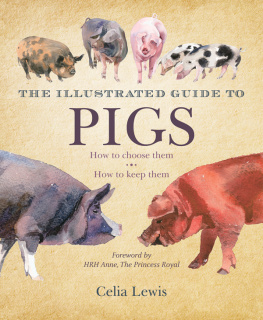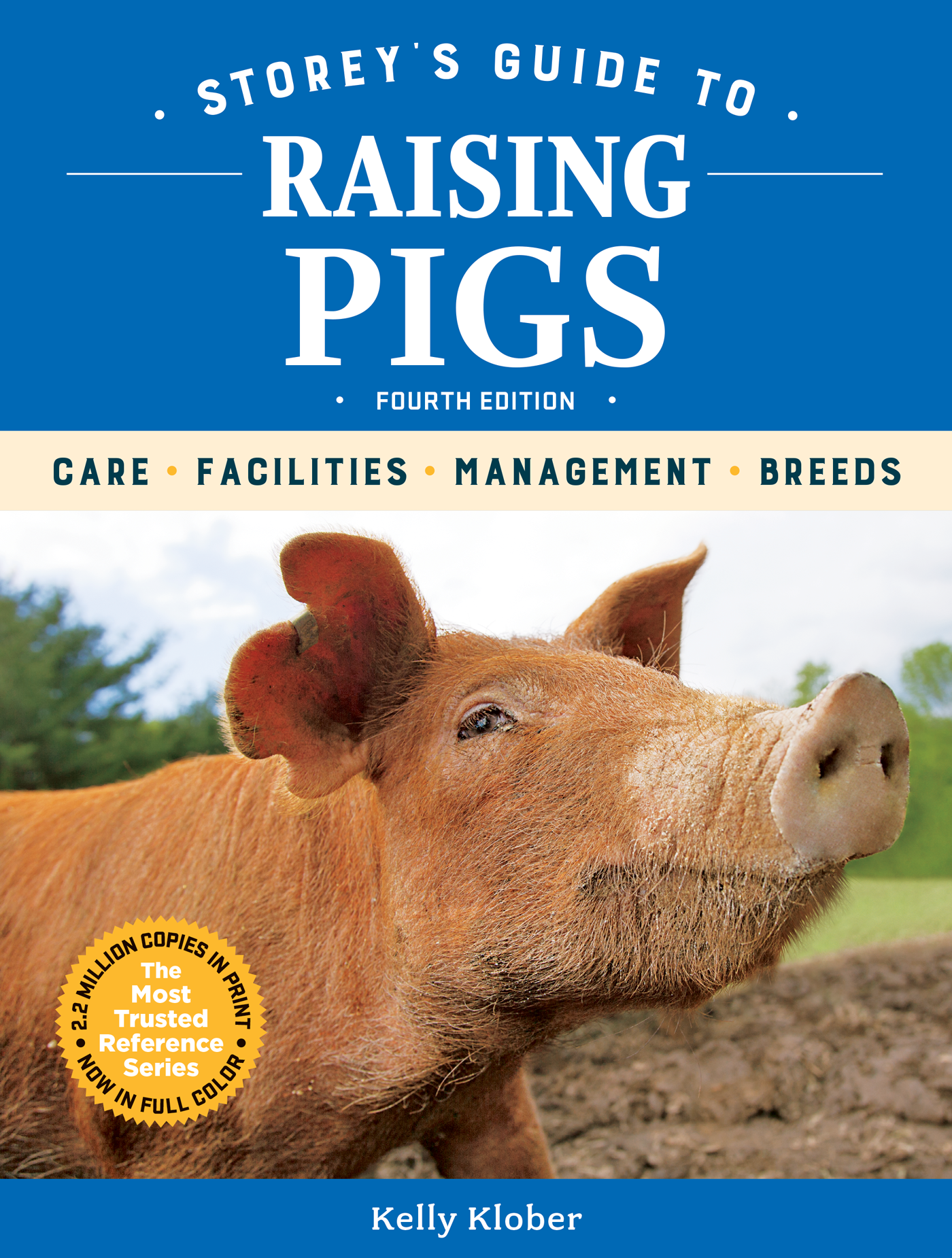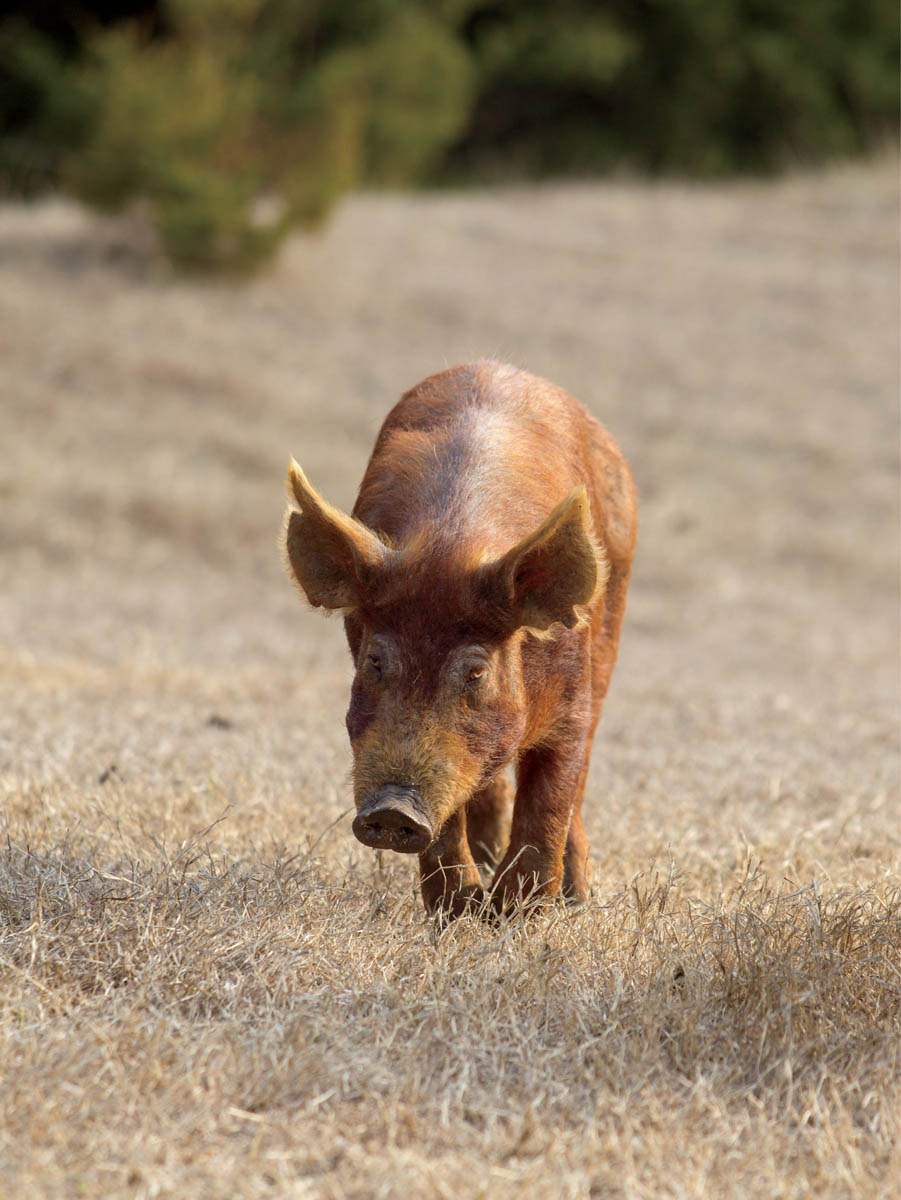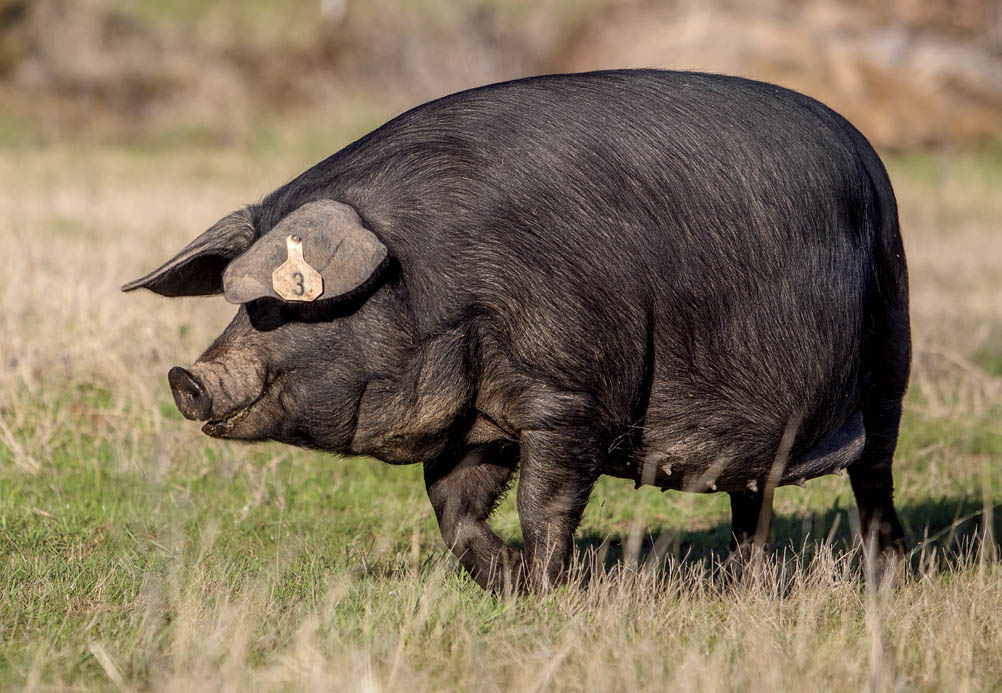To my wife, Phyllis Klober,and my grandparents, Kelly and Elizabeth Brewer,who helped to make all my farming dreams come true.
Contents
Preface
Thoughts on the Changing Nature of the Swine Scene in the Last Decade
In the years since the last revision of this book, some remarkable changes have occurred in the way hogs are kept and managed on small farms and holdings and how that pork has gone on to be marketed.
The pork as a commodity trade has gone global, foreign investors have taken up major holdings in the mega-swine corporations, and distrust of the local product and rising income levels have increased the demand for U.S. pork in China and other parts of the Far East. The big Chinese stake in Smithfield may mean even more selling opportunities in the United States for local pork produced in more traditional ways.
While factory-farmed pork is being sold into the global village, Main Street USA has begun expressing a strong demand for more local food items produced in a more traditional and sustainable way. These are the market niches in which big-box store retailing cannot easily enter and compete. It could be called almost artisanal production, though done with a steady eye on the bottom line of the ledger page and with an abiding respect for the animal in question and its true nature.
The small-scale producer today, by doing things the traditional way, is now the outlier, the maverick. This role is one that cannot be co-opted by big packing or factory farming. Theirs is a local product with the daintiest of carbon footprints and, to reach consumers, requires no 1,500-mile trek down the old Monfort Road to the West Coast or from the Carolinas to the Corn Belt and back to consumers in the East.
Theirs is often breed-specific pork, not from sows that have been pushed to wring ever more poundage out of them. It is produced with a transparency and an interaction between producer and consumer that is bringing something of a fine-wine status to hams and chops. It is a type of pork production that would be very familiar to my grandparents.
It has producers working with small numbers of very select animals, a strong reliance on purebred genetics, the use of simple though very distinctive feedstuffs and rations, more seasonal patterns of production, and producer involvement now continuing well beyond the farm gate. It is a template being employed in many areas of animal agriculture, including sheep rearing and the production of an ever more select table egg.
From a herd of just three to five sows, substantial numbers of offspring can be produced even with a seasonal pattern of farrowing. With purebred females producing purebred offspring and a two-litter farrowing calendar, each sow should still produce 16 to 18 young per year. A litter of just 8 grown to a harvested weight of 240 pounds each should then yield more than 1,100 pounds of pork to be marketed directly in any number of ways.
And as purebreds, they could have further value as seedstock, animals to be used for youth project work, feeder stock to be sold to others, or as whole carcasses to be sold into the restaurant trade where tail to snout is the current standard for processing and recipe preparation.
The breeds of primary marketing importance of the moment are the Duroc and Berkshire, due to the recognized eating qualities of the pork that they produce. Research has determined that the Tamworth and Chester White breeds also produce a rather distinctive pork product, and I believe that the Black Poland and Hampshire breeds may do so also. When produced in a more traditional manner and fed for the task, pork has long been known as perhaps the most savory and flavorsome of meat choices.
Putting together a small swine herd, even in the heart of the Corn/Hog Belt, is no longer the simple task it once was. As factory farming gained its grip on hog finishing and pork production, the belief was that the seedstock would continue to come from the independent farm sector. The inverse quickly proved to be true, and replacement females and breeding boars became one more example of in-house production, much like the company newsletter and the formulas for least-cost, computerized rations.
The seedstock trade buckled and a goodly number of once popular swine breeds slipped ever closer to endangered status. To find a needed boar or a couple of foundation females might now require a trip across two or three states even in the Midwest. Fortunately, once established, a purebred livestock herd or flock can become largely self-sustaining, at least producing needed female replacements. Good Hampshires, Black Polands, Spots, and Chester Whites are no longer that easy to find, and there are some real genetic purity issues surrounding some of the largely black and patterned breeds, where it is easier to inject some Pietrain or other breeding to increase muscling levels.
The show-ring and the commercial sector have parted ways in a most dramatic and extreme manner. In many instances, purebred operations have opted almost entirely to the production of show pigs that are most extreme in their patterns of muscling and cover.
Far and away most of the phone calls that I now receive requesting help in locating breeding stock concern the Berkshire breed, with the Duroc moving up as a strong second-position contender. A more distant third is the Hereford, and interest in the Tamworth seems markedly down since the last updating of this book. Interest in the rarer Large English Black and Gloucester Old Spot breeds has changed as it becomes more recognized that these are rather classic mothering breeds with some issues as to finishing and carcass quality. It is the lot of the pig to be pork, and some of them are better at it than others.
Some of the rarer breeds, such as the Guinea Hog and the Ossabaw, have again begun to languish because of issues such as an absence of clear breed type standards, support organizations lacking the structure to promote the breed, and the very real need for breeders to take them up for more practical ends.
At one farm conference I spoke at a couple of years ago, the question was raised as to what exactly does a poorly bred Guinea Hog look like? From the back of the group, a veteran farm woman raised the even more important question of what should a good one look like?
The ultimate value of a hog, any hog, will be determined by the carcass that hangs on the rail at the packing plant. And there it will hang in place next to Duroc and Berkshire and other purebred and crossbred carcasses. Why raisers of some of these minor breeds have not gone together to hold type conferences and breeding class shows to resolve questions of type quality, showcase their breeds, increase sales, and further spread breeding animals has long been a real puzzle to me.
This is not to say that the very old breeds arent worth preserving, but too many raisers have taken them up as if they were show ponies or teacup poodles. Before it ran its course, the fad for Vietnamese Potbellied pigs saw that gene pool watered down in several ways. Breeding in of other swine breeds added new and different colors outside of known breed type. A breeders market had pigs that should have been neutered sold for outrageous prices as breeding animals. Speculators and naive investors were driven to bankruptcy, and the Potbellied pig itself was left to symbolize all that is bad with fads in livestock production and the entire exotic animal sector.


